Introduction
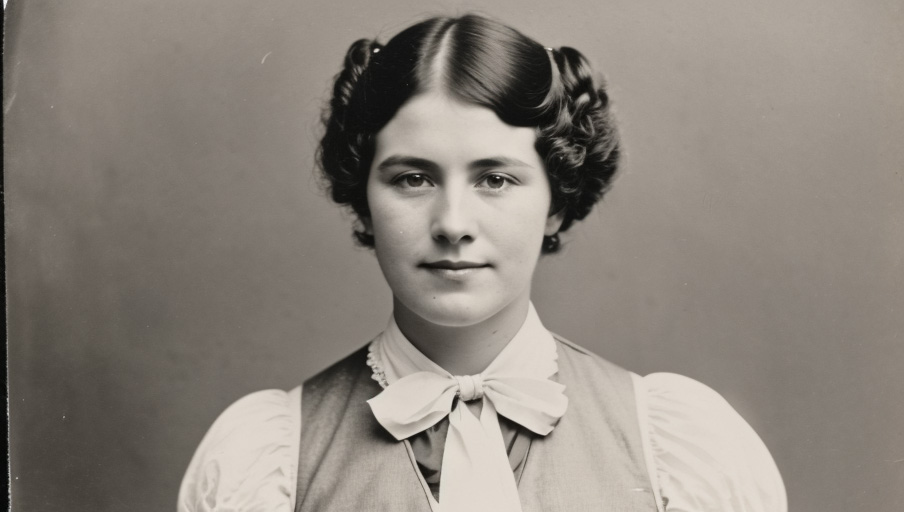
Cross-Dressing: A Historical Perspective
Cross-dressing, a term often associated with the act of wearing clothing traditionally associated with the opposite gender, has a rich and complex history. This practice, far from being a modern phenomenon, has roots that extend deep into our past, challenging and redefining gender norms across centuries.
Understanding the history of cross-dressing is not merely an exploration of fashion or individual expression. It is a journey through time that reveals the evolving societal norms, the shifting perceptions of gender, and the courageous individuals who dared to defy conventions.

The Importance of Understanding the History of Cross-Dressing
The history of cross-dressing gives us a unique view. It shows how fluid gender norms and expressions can be. This context helps us understand our current views on gender. These views have been shaped by those who came before us.
When we study historical figures who cross-dressed, we learn a lot. We understand their motivations and the reactions they faced. We see the impact they had on their eras. This knowledge is vital for a more inclusive society. It promotes understanding and freedom of identity expression. It helps reduce judgement and prejudice.
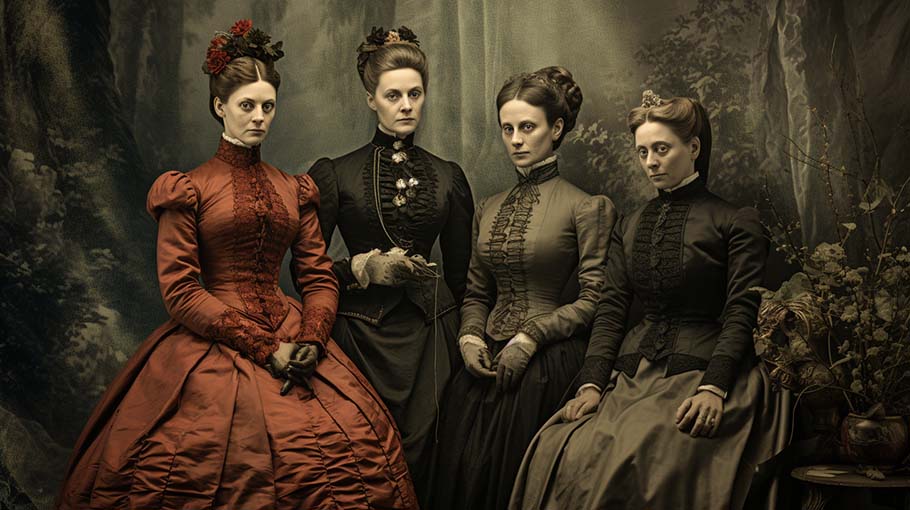
History of Cross-Dressing in the 19th Century: A Look into the Past
Understanding Victorian Cross-Dressing
The 19th century, often referred to as the Victorian era, was a time of strict societal norms and expectations. Amidst this rigidity, a phenomenon known as ‘Victorian cross-dressing’ emerged. This term refers to the practice of individuals dressing in clothing typically associated with the opposite gender, a bold act of defiance in an era marked by rigid gender norms.
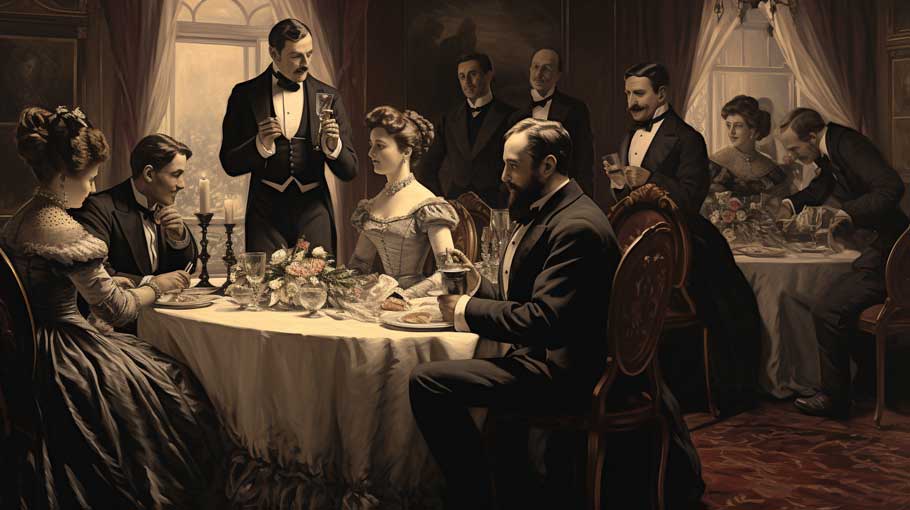
Historical Figures Who Cross-Dressed
Several notable figures from the 19th century are known to have cross-dressed, challenging societal norms and sparking conversations about gender and identity.
Oscar Wilde (1854-1900)
Oscar Wilde, the renowned Irish writer, was one such figure. Known for his wit and flamboyant style, Wilde often pushed the boundaries of Victorian societal norms. His affinity for aestheticism and decadence was evident in his fashion choices, which often included elements traditionally associated with women’s clothing.
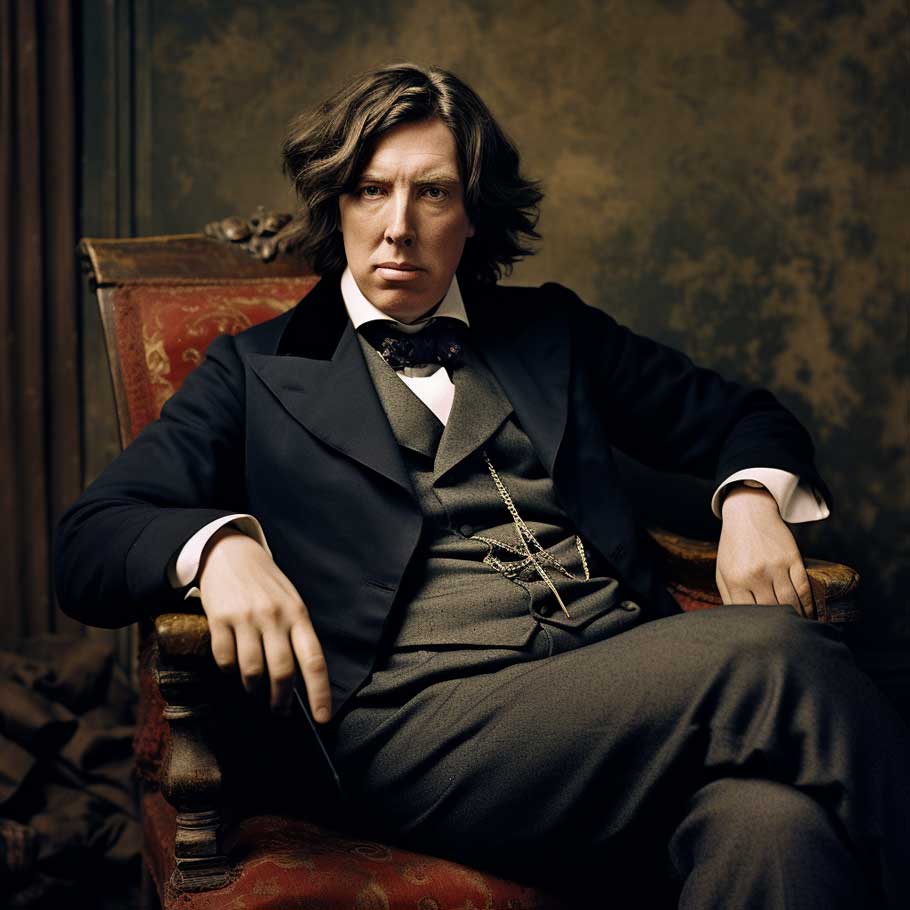
Charles Hamilton (1812-1846)
Charles Hamilton, an American soldier, was known to cross-dress and even assumed a female alias, Frances Butler. His life offers a fascinating glimpse into the complexities of gender expression during this period.
Anne Lister (1791-1840)
English diarist Anne Lister, often referred to as the “first modern lesbian,” was known for her masculine attire. Her extensive diaries provide valuable insights into her experiences as a gender non-conforming individual in the 19th century.
Jennie June Croly (1826-1910)
American journalist Jennie June Croly was another prominent figure who cross-dressed. She was a pioneering journalist and author who advocated for women’s rights, and her decision to cross-dress was a powerful statement against the restrictive gender norms of her time.
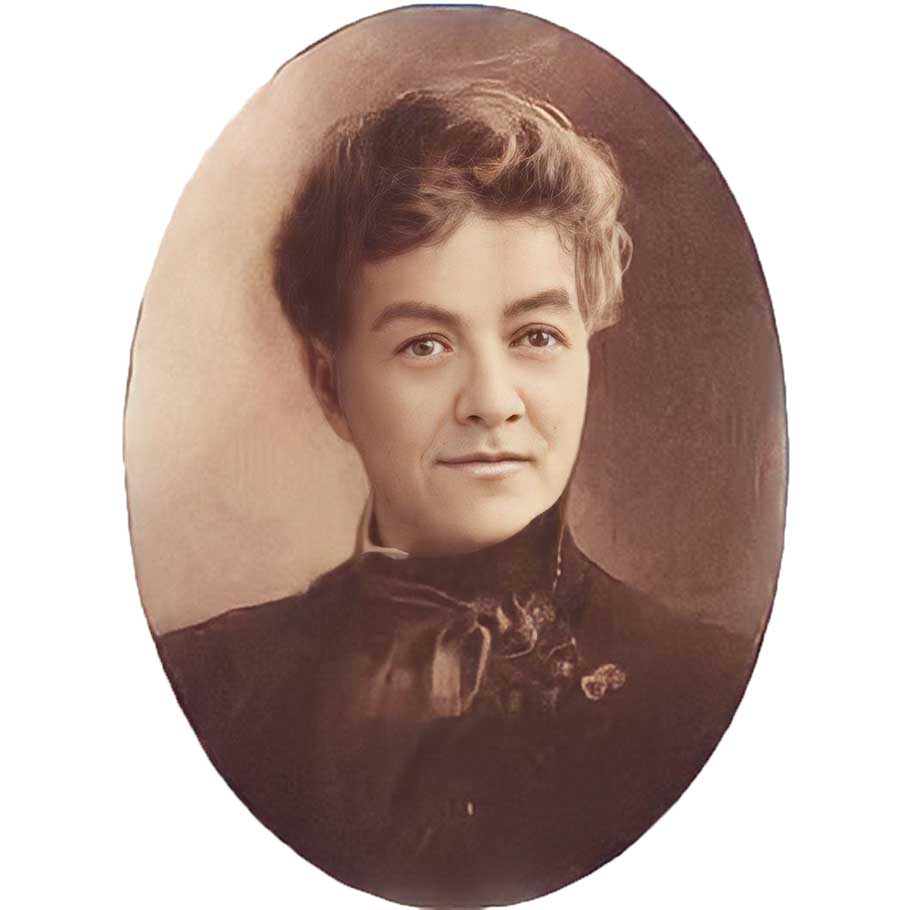
Society’s Reaction and Gender Norms of the 19th Century
The Victorian era was characterized by strict societal norms and expectations, particularly regarding gender roles and expressions. Men were expected to be masculine, and women were expected to be feminine, with little room for deviation.
Cross-dressing was often met with confusion, ridicule, and even hostility. However, the individuals who dared to cross-dress challenged these norms, sparking conversations about gender and identity that continue to this day.
Despite the societal backlash, these figures’ courage and defiance paved the way for future generations to express their identities more freely. Their stories remind us of the importance of challenging societal norms and advocating for individual expression.
For a deeper dive into the history of cross-dressing and its impact on society, check out this comprehensive article on the history of drag queens. This piece provides an insightful look into the evolution of cross-dressing and its influence on societal norms and gender expression.
Cross-Dressing in the 20th Century: A Century of Change and Expression
The Evolution of Societal Norms and Gender Expression
The 20th century marked a significant shift in societal norms and gender expression. As the world underwent rapid changes in technology, politics, and culture, so too did the perceptions and expressions of gender. Cross-dressing, once a taboo subject, began to gain more visibility and acceptance.
Historical Figures and Society’s Reaction
Several notable figures from the 20th century cross-dressed, each leaving their unique imprint on society and culture.
Mae West (1893-1980)
Mae West, an American actress known for her bawdy double entendres, was a trailblazer in many ways. She was one of the first actresses to use cross-dressing in her performances, often playing male roles in her early career. West’s bold performances challenged societal norms and paved the way for future performers to explore gender fluidity on stage.
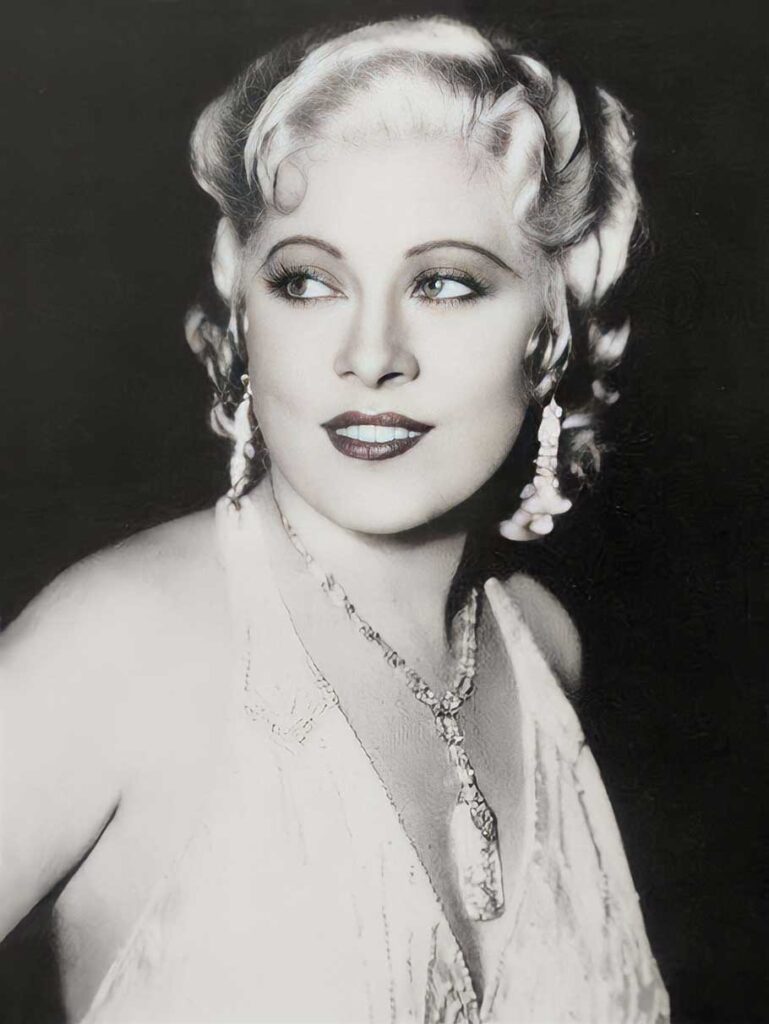
Charles Ludlam (1943-1987)
American actor and playwright Charles Ludlam was a prominent figure in the theater world, known for his cross-dressing performances. Ludlam’s work often explored themes of gender and identity, challenging societal norms and pushing the boundaries of traditional theater.
Salvador Dalí (1904-1989)
Spanish surrealist painter Salvador Dalí was another figure known for his eccentricities, including his penchant for cross-dressing. Dalí often used his appearance to challenge societal norms and to express his unique artistic vision. His cross-dressing was a form of self-expression, a way to blur the lines between reality and fantasy, much like his surrealistic paintings.
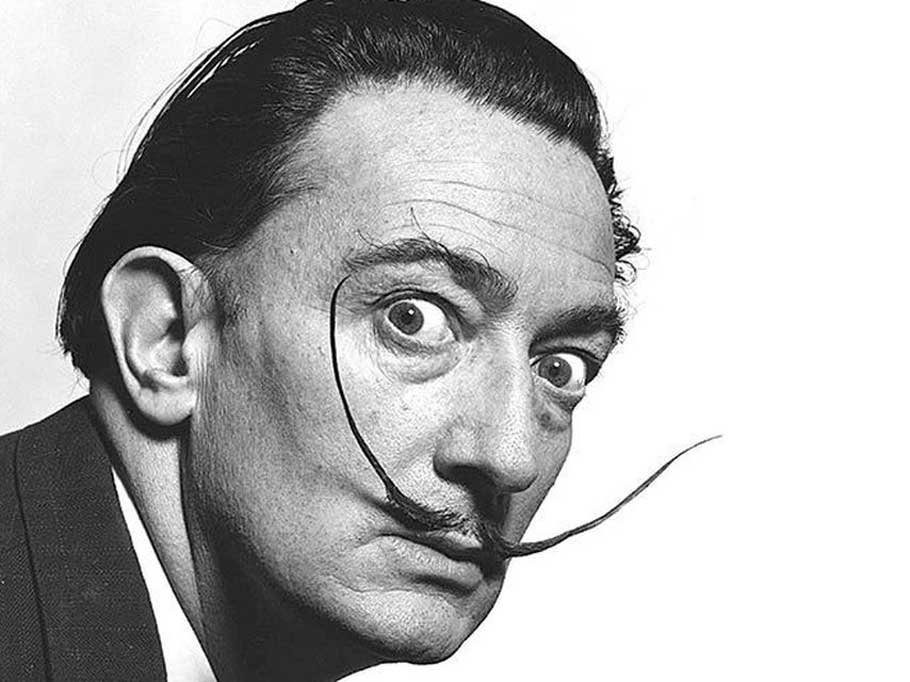
Impact on Society and Culture
The cross-dressing figures of the 20th century had a profound impact on society and culture. They challenged societal norms, pushed the boundaries of gender expression, and paved the way for future generations to express their identities more freely. Their courage and defiance sparked conversations about gender and identity, contributing to the gradual shift in societal norms and perceptions of gender.
These figures also had a significant impact on the arts, influencing fashion, theater, and visual arts. Their bold expressions of identity through cross-dressing challenged traditional notions of gender and inspired future artists to explore themes of identity and gender in their work.
For a deeper understanding of the importance of the right attire for cross-dressing, check out this comprehensive crossdresser lingerie guide. This guide provides valuable insights into choosing the right lingerie that makes you feel comfortable, confident, and true to yourself.
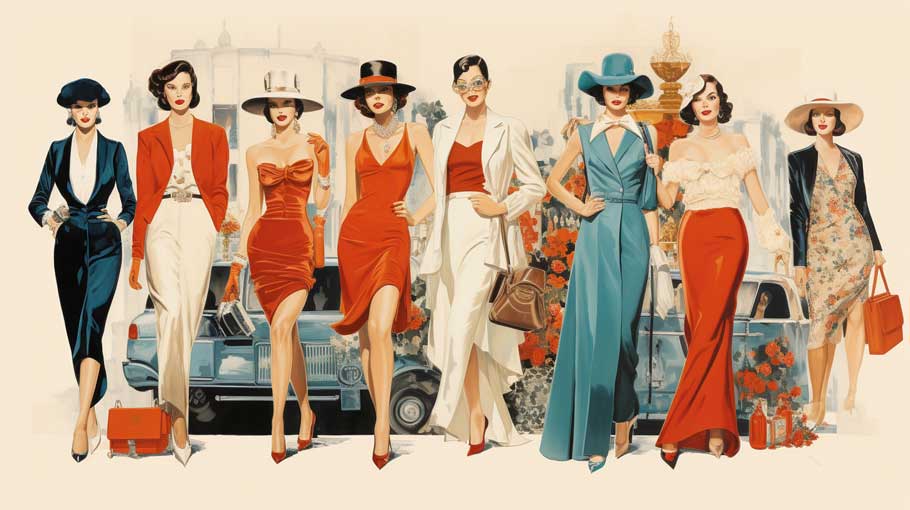
Cross-Dressing in the 21st Century: A Modern Perspective
Modern Understanding and Acceptance of Cross-Dressing
As we journey into the 21st century, the understanding and acceptance of cross-dressing have evolved significantly. The rigid gender norms that once defined society have given way to a more fluid understanding of gender expression. Cross-dressing, once seen as a taboo or a defiance of societal norms, is now recognized as a form of self-expression, a personal choice that reflects an individual’s identity.
Historical Figures Who Cross-Dress in Public
Several public figures in the 21st century have embraced cross-dressing, using their platforms to challenge societal norms and promote acceptance.
Eddie Izzard (born 1965)
British comedian Eddie Izzard is one such figure. Known for his surreal humor and flamboyant style, Izzard has been open about his cross-dressing, often performing in makeup and women’s clothing. His boldness and authenticity have made him a beloved figure in the comedy world and an inspiration to many.
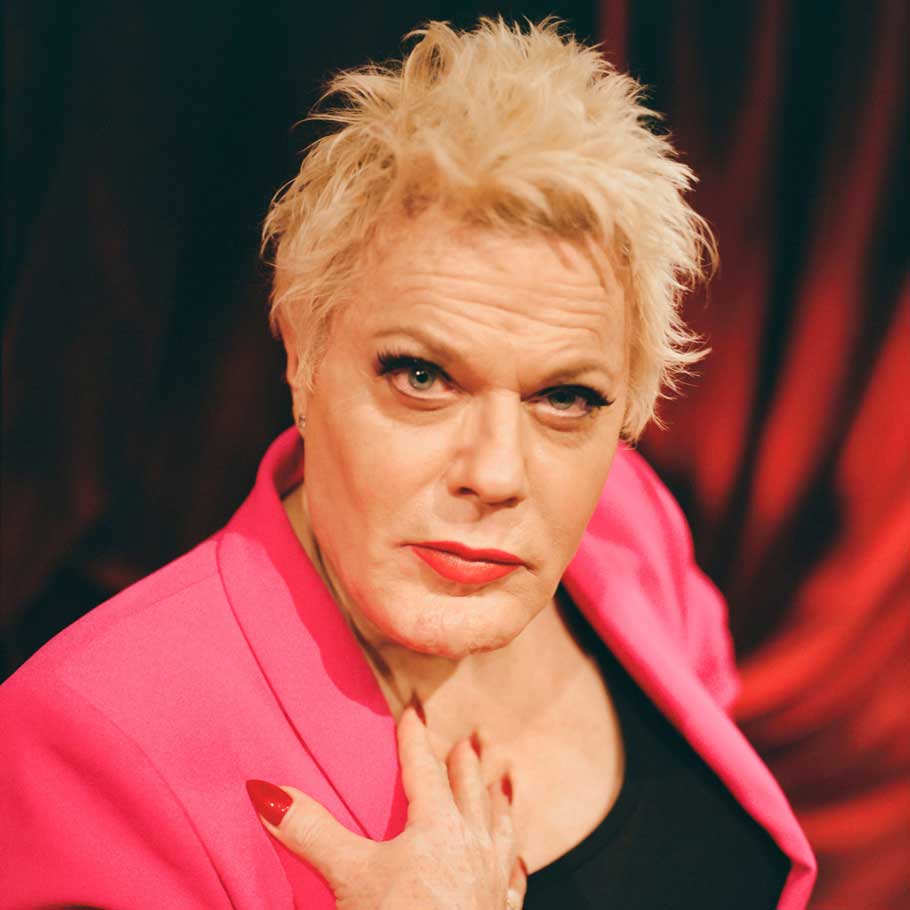
RuPaul (born 1960)
American drag queen RuPaul has been a significant influence on the acceptance of cross-dressing in the 21st century. As the host of the popular reality show “RuPaul’s Drag Race,” he has brought cross-dressing and drag culture into mainstream media, promoting acceptance and understanding.
Mia Moretti (born 1989)
American model Mia Moretti is known for her eclectic style and her openness about cross-dressing. Her bold fashion choices and her advocacy for self-expression have made her a role model for many.
Lady Gaga (born 1986)
American singer Lady Gaga, known for her unique style and powerful voice, has often incorporated elements of cross-dressing into her performances and public appearances. Her bold fashion choices and her advocacy for self-expression and acceptance have made her a significant figure in the 21st-century pop culture.
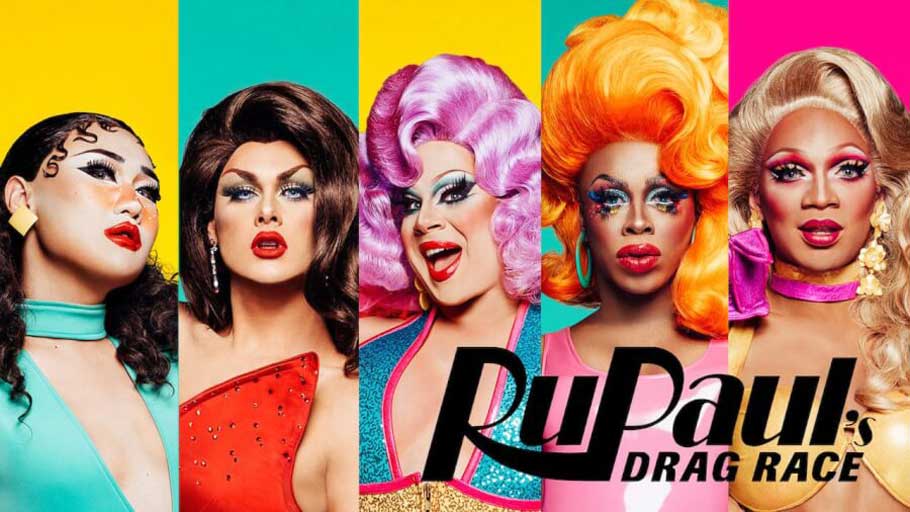
Influence on Fashion, Media, and Popular Culture
The influence of cross-dressing in the 21st century extends beyond individual expression. It has had a significant impact on fashion, media, and popular culture. Designers are increasingly blurring the lines between men’s and women’s fashion, and cross-dressing has become a common theme in movies, TV shows, and music.
Moreover, the internet and social media have provided platforms for individuals to share their experiences with cross-dressing, fostering a sense of community and promoting acceptance. Websites like Shannon’s Journey offer a glimpse into the personal experiences of cross-dressers, providing valuable insights and fostering a sense of community.

KEYPOINTS
- Cross-dressing has a rich and complex history, challenging and redefining gender norms across centuries.
- Understanding the history of cross-dressing provides a context to understand how our current perceptions of gender have been shaped.
- The 19th century, or the Victorian era, saw several historical figures cross-dressing in public, including Oscar Wilde, Jennie June Croly, Charles Hamilton, and Anne Lister.
- The societal norms of the 19th century were strict, and cross-dressing was often met with confusion, ridicule, and even hostility.
- The 20th century marked a significant shift in societal norms and gender expression. Cross-dressing began to gain more visibility and acceptance.
- Notable figures from the 20th century who cross-dressed include Mae West, Salvador Dalí, Charles Ludlam, and many others.
- The 21st century has seen a more fluid understanding of gender expression, with cross-dressing recognized as a form of self-expression.
- Public figures in the 21st century who have embraced cross-dressing include Eddie Izzard, RuPaul, Mia Moretti, and Lady Gaga.
- The influence of cross-dressing in the 21st century extends beyond individual expression. It has had a significant impact on fashion, media, and popular culture.
- The internet and social media have provided platforms for individuals to share their experiences with cross-dressing, fostering a sense of community and promoting acceptance.
- The journey of cross-dressing through the ages is a testament to human courage and the enduring spirit of individual expression. It encourages continued understanding and acceptance of diverse identities and experiences.
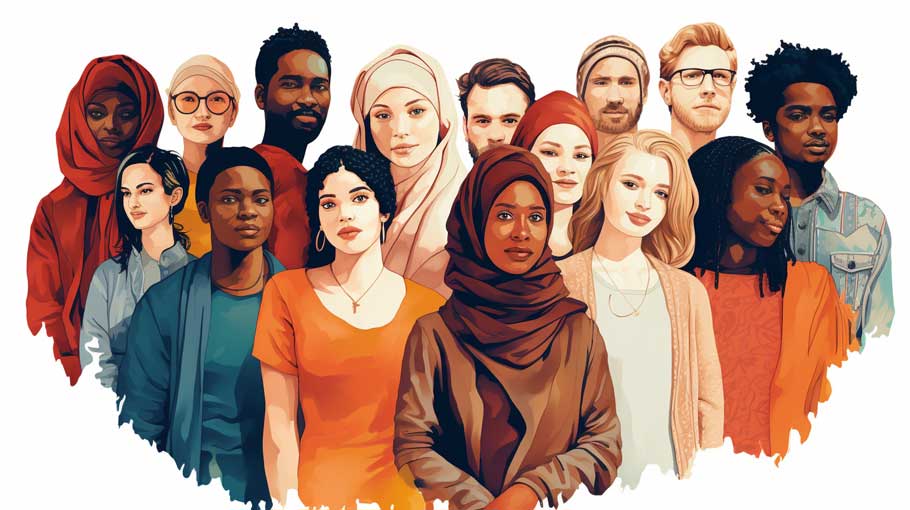
Conclusion:
Reflecting on the Evolution of Cross-Dressing
Our journey through history reveals a fascinating evolution of cross-dressing. Victorian cross-dressers from the 19th century dared to defy rigid societal norms. Bold figures from the 20th century used their platforms to challenge perceptions and promote acceptance. Now, in the 21st century, we increasingly recognize cross-dressing as a form of self-expression.
Reflection on the Changing Societal Norms and Gender Expressions
This journey is not just about the individuals who cross-dressed; it’s a reflection of the changing societal norms and gender expressions. The 19th century was marked by rigid gender norms, with little room for deviation. The 20th century saw a shift in perceptions, with cross-dressing gaining more visibility and acceptance. Today, in the 21st century, we see a more fluid understanding of gender expression, with cross-dressing recognized as a personal choice that reflects an individual’s identity.

Encouragement for Continued Understanding and Acceptance
As we reflect on this journey, it’s essential to recognize the courage and defiance of the individuals who dared to cross-dress, who dared to be themselves in the face of societal expectations. Their stories remind us of the importance of understanding and acceptance, of recognizing the diverse experiences and identities that make up our society.
As we move forward, let’s continue to promote understanding and acceptance. Let’s celebrate the diversity of experiences and identities, and let’s continue to challenge societal norms and expectations. After all, it’s in our uniqueness that we find our strength, and it’s in our diversity that we find our unity.
In the words of RuPaul, “We’re born naked, and the rest is drag.” So, let’s celebrate the drag, the cross-dressing, the self-expression, and most importantly, the authenticity. Let’s celebrate the courage to be ourselves, in all our unique and diverse glory.

Hey there would you mind sharing which blog platform you’re working with?
I’m looking to start my own blog soon but I’m having a tough time choosing between BlogEngine/Wordpress/B2evolution and Drupal.
The reason I ask is because your design seems different then most blogs and I’m looking for something completely unique.
P.S Sorry for getting off-topic but I had
to ask!
wordpress